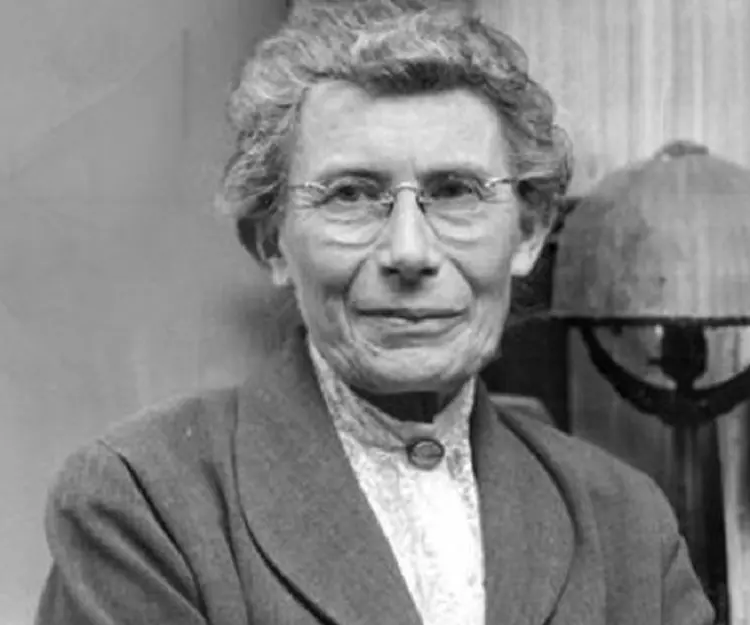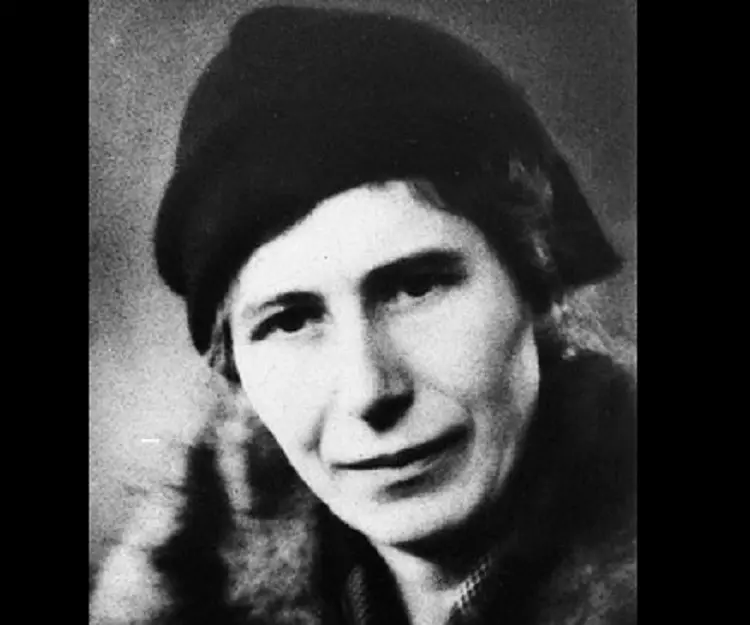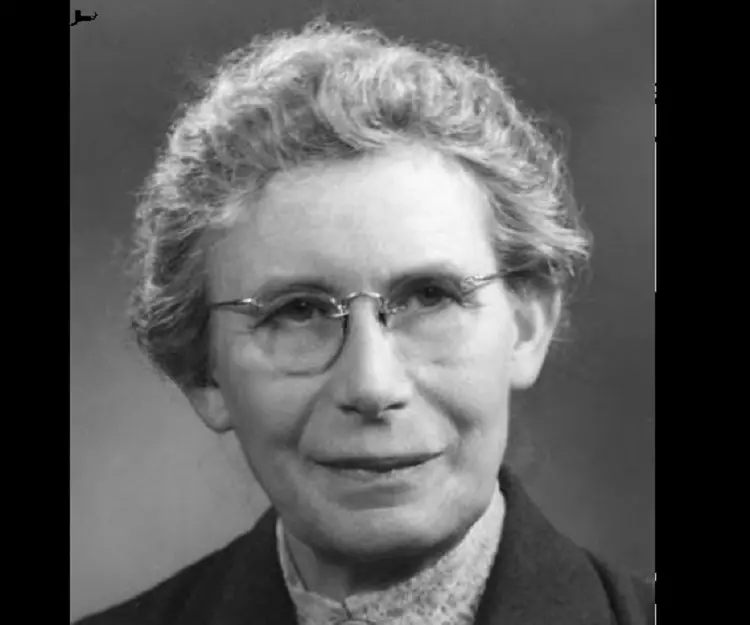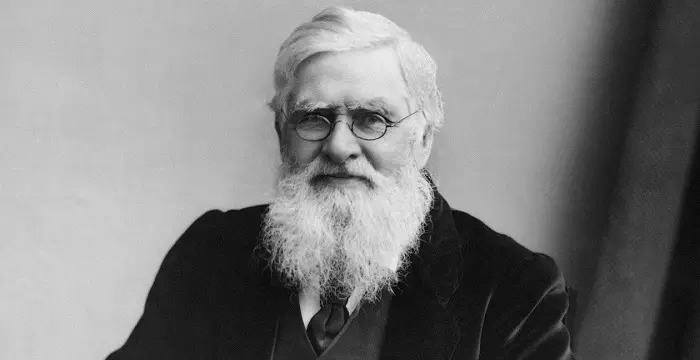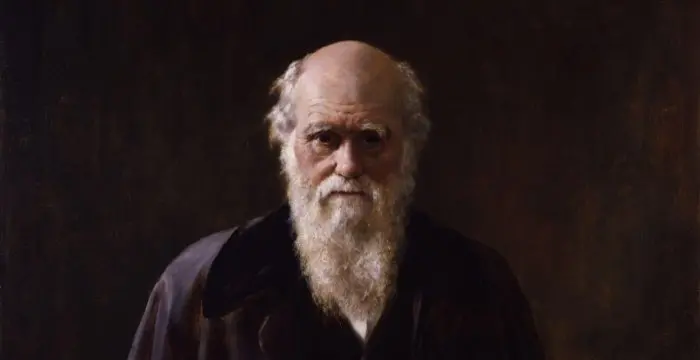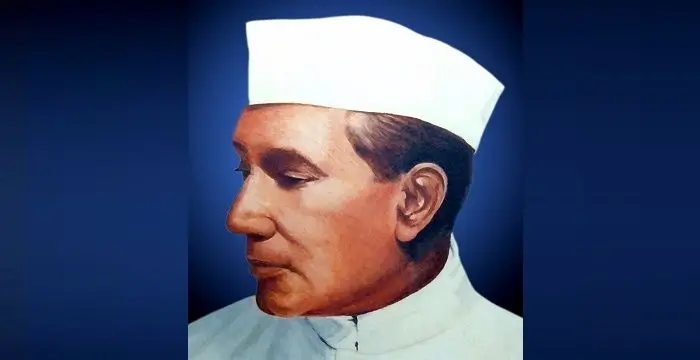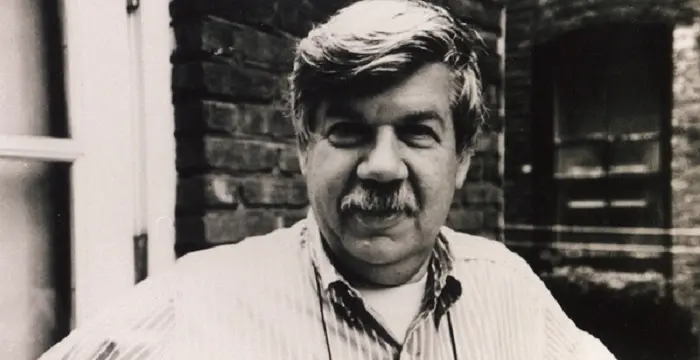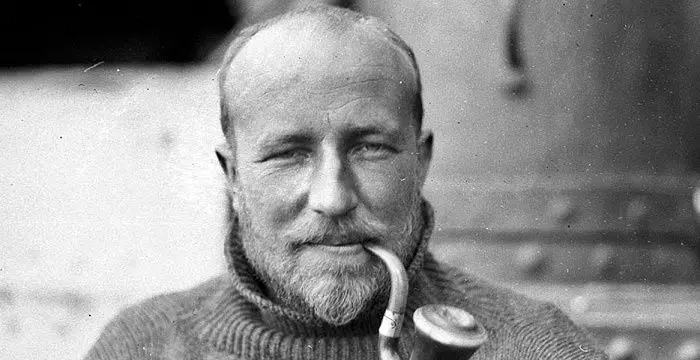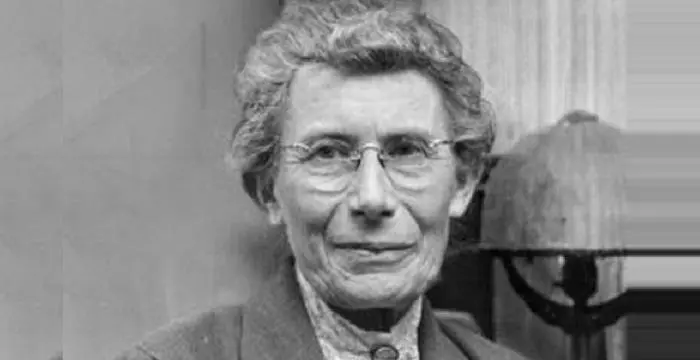
Inge Lehmann - Seismologist, Family and Family
Inge Lehmann's Personal Details
Inge Lehmann was a Danish seismologist who discovered the fact that the core of the Earth was solid
| Information | Detail |
|---|---|
| Birthday | May 13, 1888 |
| Died on | February 21, 1993 |
| Nationality | Danish |
| Famous | Intellectuals & Academics, Geographers, Geologists, Geophysicist, Seismologist |
| Birth Place | Østerbro, Denmark |
| Gender | Female |
| Father | Alfred Lehmann |
| Mother | Ida Sophie Tørsleff |
| Sun Sign | Taurus |
| Born in | Østerbro, Denmark |
| Famous as | Seismologist, Geophysicist |
Inge Lehmann's photo
Who is Inge Lehmann?
Inge Lehmann was a popular Danish seismologist and geophysicist who made revolutionary discovery in the field of seismology and geophysics. She was the first to thwart the age-old conception of the Earth’s inner core being molten. Through her research, she clearly explained that the Earth’s core was solid but surrounded by a molten outer core. This discovery helped explain the nature of seismic waves from Earthquakes. Before her discovery, seismologists believed Earth's core to be a single molten sphere. However, despite the same they were unable to explain measurements of seismic waves from Earthquakes, which were inconsistent with the Earth. Through careful analysis, she explained the seismic wave measurements and came to a conclusion of Earth having a solid inner core and a molten outer core. The discovery was crucial in the study of geophysics and gave scientists from across the world a new panorama of our planet. In her almost seven decades of career, she made remarkable contribution to the field of science. Other than her findings of Earth’s core, she also discovered another seismic discontinuity, which lay at depths between 190 and 250 km. This seismic discontinuity is now known as Lehmann discontinuity. Talking about her personality, Lehmann was a reserved and shy person. However, she managed to survive extraordinarily in the male dominated scientific society. She had a strong network of friends and colleagues whom she shared a good rapport with. Lehmann breathed her last at the age of 104, thus creating history yet again by being one of the longest lived scientists in the world.
Childhood & Early Life
Inge Lehmann was born on May 13, 1888 in Osterbro, Copenhangen, to Alfred Georg Ludvik Lehmann and Ida Sophie Tørsleff. Her father was an experimental psychologist by profession.
Lehmann was educated at pedagogically progressive high school under Hanna Adler. The school was one-of-its-kind for despite being a co-educational, no differentiation based on sex was made. Girls and boys enjoyed equal status. Adler cast an important influence on the mind of young Lehmann, as did her father.
Completing her preliminary education, in 1907, Lehmann gained admission at the University of Copenhagen, studying mathematics. However, her frail health partially interrupted her studies. In 1910, she gained admission at the Newnham College, at the University of Cambridge continuing her study of mathematics.
In 1911, Lehmann returned from Cambridge. Her frail health did not allow her to study any further, as she suffered from fatigue and lassitude. She temporarily took up work in an actuary’s office where she developed good computational skills.
In 1918, Lehmann resumed her studies at the Copenhagen University. After two years of study, she finally completed candidatus magisterii degree in physical science and mathematics
Career
In the autumn of 1922, Lehmann studied mathematics with Professor Wilhelm Blaschke, in Hamburg, Germany only to return to Denmark a year later. She accepted the position of assistant J.F. Steffensen, the professor of actuarial science, at Copenhagen University.
Year 1925 marked the turning point in Lehmann’s career. She was appointed as an assistant to Niels Erik Nørlund, the newly appointed director of Gradmaalingen, a Danish geodetic institution. Nørlund planned to set up seismological observatories in Denmark and Greenland and wanted Lehmann to run the stations and interpret and publish the observations.
In her new profile as Nørlund’s assistant, Lehmann supervised the establishment of one seismological station in Copenhagen. She also helped prepare instruments for two other stations in Greenland. Though Lehmann’s job description did not include research work, she was free to indulge in it.
In 1927, Lehmann visited the seismological stations across Europe. Same year, she attended an International Union of Geodesy and Geophysics in Prague. The conference was attended by the who’s who of seismology, including Gutenberg and Harold Jeffreys. From the conference, Lehmann comprehended that to construct a time travel curve, an assessment of the accuracy of different stations and a consistent interpretation of seismograms was decisive.
In 1928, based on her studies, she gained the magister scientiarum degree (equivalent to an MA) in geodesy. Same year, she was appointed state geodesist head of the department of seismology at the Geodetical Institute of Denmark.
Over time, scientists had realized the fact that seismographic data from Earthquakes could be used to deduce what sort of stuff the interior of the Earth was made up of. Lehmann was inquisitive about how observations of seismic waves varied with epicentral distance, a relationship that was also reflected in the travel-time curves.
Through research, scientists found out that there were two types of seismic waves that transverse the Earth, P waves or pressure waves and S waves or shear waves. Like other scientists, Lehmann too was puzzled by the fact that the P waves were not traveling through Earth in the way they were expected to. In fact, they were appearing in locations they weren’t supposed to.
In an attempt to come out of the P wave confusion, Lehmann developed mathematical models of the Earth in which she featured a solid inner core. She concluded that P-waves were appearing in unexpected locations because they were being refracted and reflected to these locations by the boundary between the Earth’s solid inner core and liquid outer core. The inner core, she calculated, had a radius of about 1400 km. She became the first to interpret P wave arrivals which inexplicably appeared in the P wave shadow of the Earth's core as reflections from an inner core. All these findings were published in a paper entitled, ‘P’, in 1936.
After the broad acceptance of Lehmann’s hypothesis that the Earth’s core was solid and surrounded by molten core, she became a popular figure in the seismological meets. She frequently participated in international meetings, and engaged herself actively in several societies.
In 1936, Lehmann served as one of the founders of the Danish Geophysical Society. She chaired the organization twice in 1941 and 1944. She also participated in the establishment of the European Seismological Federation (ESF) in 1950 and was elected its first president..
In 1952, Lehmann was considered for professorship in geophysics at Copenhagen University, but was not appointed. The following year, she retired from her position at the Geodetic Institute.
The retirement from Geodetic Institute did not mean end of career for Lehmann. Instead it only freed her from administrative work so as to fully concentrate on scientific research. She moved to the US where she collaborated with Maurice Ewing and Frank Press, investigating Earth's crust and upper mantle. It was during this time that she discovered another seismic discontinuity, which lay at depths between 190 and 250 km. This seismic discontinuity was eventually named after her.
In 1987, at the age of 99, Lehmann penned her last scientific article titled ‘Seismology in the Days of Old’. Following year, she celebrated her 100th birthday at her former workplace, the Geodetic Institute, amongst internationally renowned geophysicists.
Major Works
Lehmann’s most important contribution to the world of science has been in the field of seismology. Through her extensive research and investigation, she brought forth the fact that the inner core of the Earth is solid, rather than the presumed belief of its being molten. She further researched and determined that the solid inner core has a liquid outer core that in turn explained the transits of seismic waves. Using mathematical concepts, she analysed the way energy was released by Earthquakes and travelled through the Earth. Other than being discoverer of the Earth’s core, Lehmann also figured out a low velocity layer between 190 and 250 km below the Earth’s surface. This seismic discontinuity was later renamed Lehmann discontinuity.
Awards & Achievements
Lehmann was honoured with numerous awards and honors for her outstanding scientific achievements. She received the Tagea Brandt Award in 1938, the Gordon Wood Award in 1960, the Emil Wiechert Medal from the German Geophysical Society in 1964, Gold Medal from the Danish Royal Society in 1965, the William Bowie Medal in 1971 and Medal of the Seismological Society of America in 1977.
She twice chaired the Danish Geophysical Society in her scientific career, once in 1941 and later in 1944.
In 1950, she served as the President of the European Seismological Federation. In 1957, she was elected associate of the Royal Astronomical Society, London. In 1959, she became Honorary Fellow of the Royal Society, Edinburgh.
From 1963 to 1967, she served as the vice president of the executive committee of IASPEI.
In her lifetime, she held numerous honorific memberships of various scientific societies across the world. From 1936 to 1948 she was a member of the executive committee of the International Seismological Association and in two periods, from 1951 to 1954 and later from 1957 to 1960, she was a member of the executive committee of the International Association of Seismology and Physics of Earth’s Interior (IASPEI).
In 1969, she was elected as the Fellow of the British Royal Society.
Personal Life & Legacy
Inge Lehmann never married nor had any children.
She breathed her last on February 21, 1993 at the age of 104. She left all her possessions to the Danish Academy.
Posthumously, to mark the contribution made by Lehmann in the field of seismology, the American Geophysical Union established the Inge Lehmann Medal in 1997. The medal is awarded for outstanding contributions to the understanding of the structure, composition, and dynamics of the Earth’s mantle and core, every year.
// Famous Geographers
Jabir Ibn Hayyan
Jabir Ibn Hayyan was a medieval era polymath. Check out this biography to know about his life, works and achievements.
Hipparchus
Hipparchus was a Greek astronomer and mathematician. This biography profiles his childhood, life, achievements and timeline.
Alfred Russel Wallace
Alfred Russel Wallace was a British scientist and explorer, best known for discovering the concept of evolution by natural selection. This biography of Alfred Wallace provides information about his childhood, life, achievements, works & timeline.
Inge Lehmann's awards
| Year | Name | Award |
|---|---|---|
Other | ||
| 0 | 1971 - William Bowie Medal | |
| 0 | 1967; 1938 - Tagea Brandt Rejselegat | |
Inge Lehmann biography timelines
- // 1400 To 1936In an attempt to come out of the P wave confusion, Lehmann developed mathematical models of the Earth in which she featured a solid inner core. She concluded that P-waves were appearing in unexpected locations because they were being refracted and reflected to these locations by the boundary between the Earth’s solid inner core and liquid outer core. The inner core, she calculated, had a radius of about 1400 km. She became the first to interpret P wave arrivals which inexplicably appeared in the P wave shadow of the Earth's core as reflections from an inner core. All these findings were published in a paper entitled, ‘P’, in 1936.
- // 13th May 1888Inge Lehmann was born on May 13, 1888 in Osterbro, Copenhangen, to Alfred Georg Ludvik Lehmann and Ida Sophie Tørsleff. Her father was an experimental psychologist by profession.
- // 1907 To 1910Completing her preliminary education, in 1907, Lehmann gained admission at the University of Copenhagen, studying mathematics. However, her frail health partially interrupted her studies. In 1910, she gained admission at the Newnham College, at the University of Cambridge continuing her study of mathematics.
- // 1911In 1911, Lehmann returned from Cambridge. Her frail health did not allow her to study any further, as she suffered from fatigue and lassitude. She temporarily took up work in an actuary’s office where she developed good computational skills.
- // 1918In 1918, Lehmann resumed her studies at the Copenhagen University. After two years of study, she finally completed candidatus magisterii degree in physical science and mathematics
- // 1922In the autumn of 1922, Lehmann studied mathematics with Professor Wilhelm Blaschke, in Hamburg, Germany only to return to Denmark a year later. She accepted the position of assistant J.F. Steffensen, the professor of actuarial science, at Copenhagen University.
- // 1925Year 1925 marked the turning point in Lehmann’s career. She was appointed as an assistant to Niels Erik Nørlund, the newly appointed director of Gradmaalingen, a Danish geodetic institution. Nørlund planned to set up seismological observatories in Denmark and Greenland and wanted Lehmann to run the stations and interpret and publish the observations.
- // 1927In 1927, Lehmann visited the seismological stations across Europe. Same year, she attended an International Union of Geodesy and Geophysics in Prague. The conference was attended by the who’s who of seismology, including Gutenberg and Harold Jeffreys. From the conference, Lehmann comprehended that to construct a time travel curve, an assessment of the accuracy of different stations and a consistent interpretation of seismograms was decisive.
- // 1928In 1928, based on her studies, she gained the magister scientiarum degree (equivalent to an MA) in geodesy. Same year, she was appointed state geodesist head of the department of seismology at the Geodetical Institute of Denmark.
- // 1941 To 1944She twice chaired the Danish Geophysical Society in her scientific career, once in 1941 and later in 1944.
- // 1952In 1952, Lehmann was considered for professorship in geophysics at Copenhagen University, but was not appointed. The following year, she retired from her position at the Geodetic Institute.
- // 1963 To 1967From 1963 to 1967, she served as the vice president of the executive committee of IASPEI.
- // 1969In 1969, she was elected as the Fellow of the British Royal Society.
- // 1987In 1987, at the age of 99, Lehmann penned her last scientific article titled ‘Seismology in the Days of Old’. Following year, she celebrated her 100th birthday at her former workplace, the Geodetic Institute, amongst internationally renowned geophysicists.
- // 21st Feb 1993She breathed her last on February 21, 1993 at the age of 104. She left all her possessions to the Danish Academy.
// Famous Geologists
Robert Ballard
Dr. Robert Ballard is the founder of the Ocean Exploration Center and specializes in deep-sea archeology. This biography contains information about his childhood, life, achievements & timeline.
Charles Darwin
Charles Darwin was one of the most influential figures in human history. Go through this biography to get details about his life, profile and timeline.
Birbal Sahni
Birbal Sahni was an Indian palaeobotanist who founded the Birbal Sahni Institute of Palaeobotany in Lucknow. This biography of Birbal Sahni provides detailed information about his childhood, life, achievements, works & timeline.
Stephen Jay Gould
Stephen Jay Gould was a famous paleontologist and one of the most read science writers of his times. This biography provides detailed information about his childhood, life, achievements, works & timeline.
William Morris Davis
William Morris Davis was an American geographer, geologist, and meteorologist, who founded the science of geomorphology. Check out this biography to know about his childhood, life, achievements, works & timeline.
Douglas Mawson
Sir Douglas Mawson was an Australian explorer, geologist and academic. Check out this biography to know about his childhood, life, achievements, works & timeline.
Inge Lehmann's FAQ
What is Inge Lehmann birthday?
Inge Lehmann was born at 1888-05-13
When was Inge Lehmann died?
Inge Lehmann was died at 1993-02-21
Where is Inge Lehmann's birth place?
Inge Lehmann was born in Østerbro, Denmark
What is Inge Lehmann nationalities?
Inge Lehmann's nationalities is Danish
Who is Inge Lehmann's father?
Inge Lehmann's father is Alfred Lehmann
Who is Inge Lehmann's mother?
Inge Lehmann's mother is Ida Sophie Tørsleff
What is Inge Lehmann's sun sign?
Inge Lehmann is Taurus
How famous is Inge Lehmann?
Inge Lehmann is famouse as Seismologist, Geophysicist
